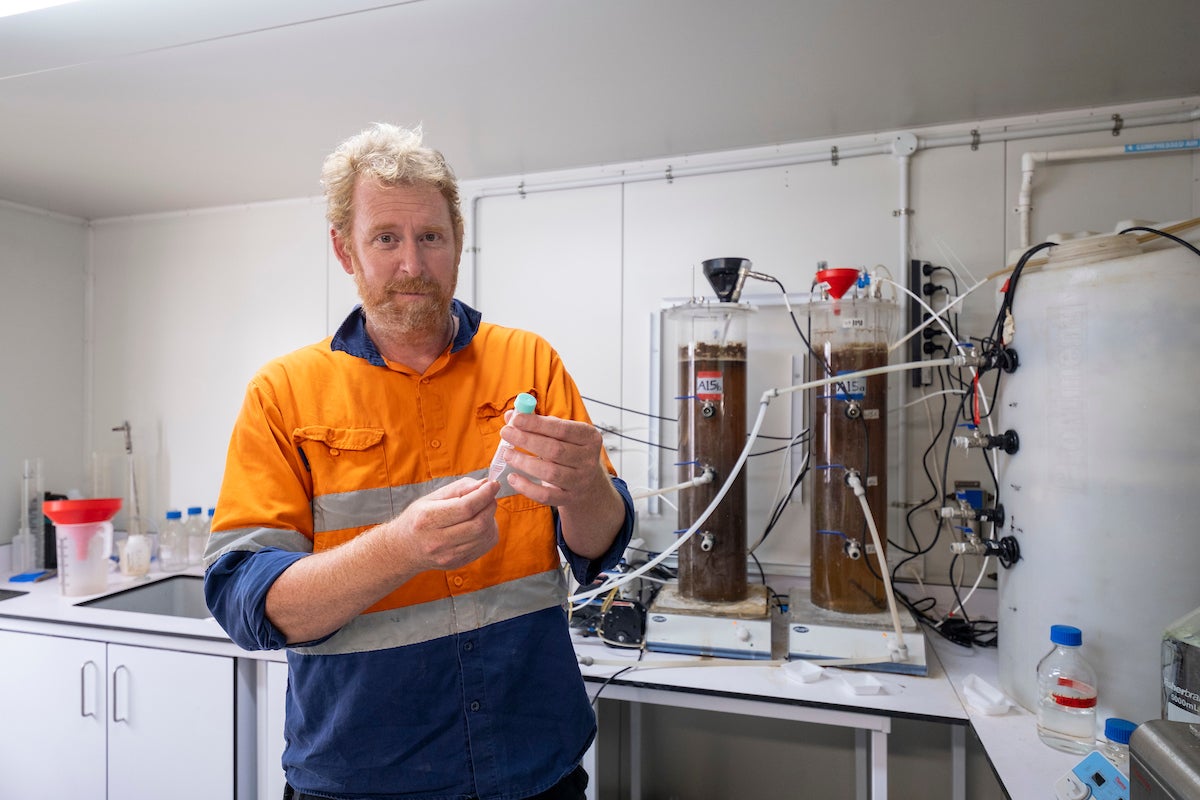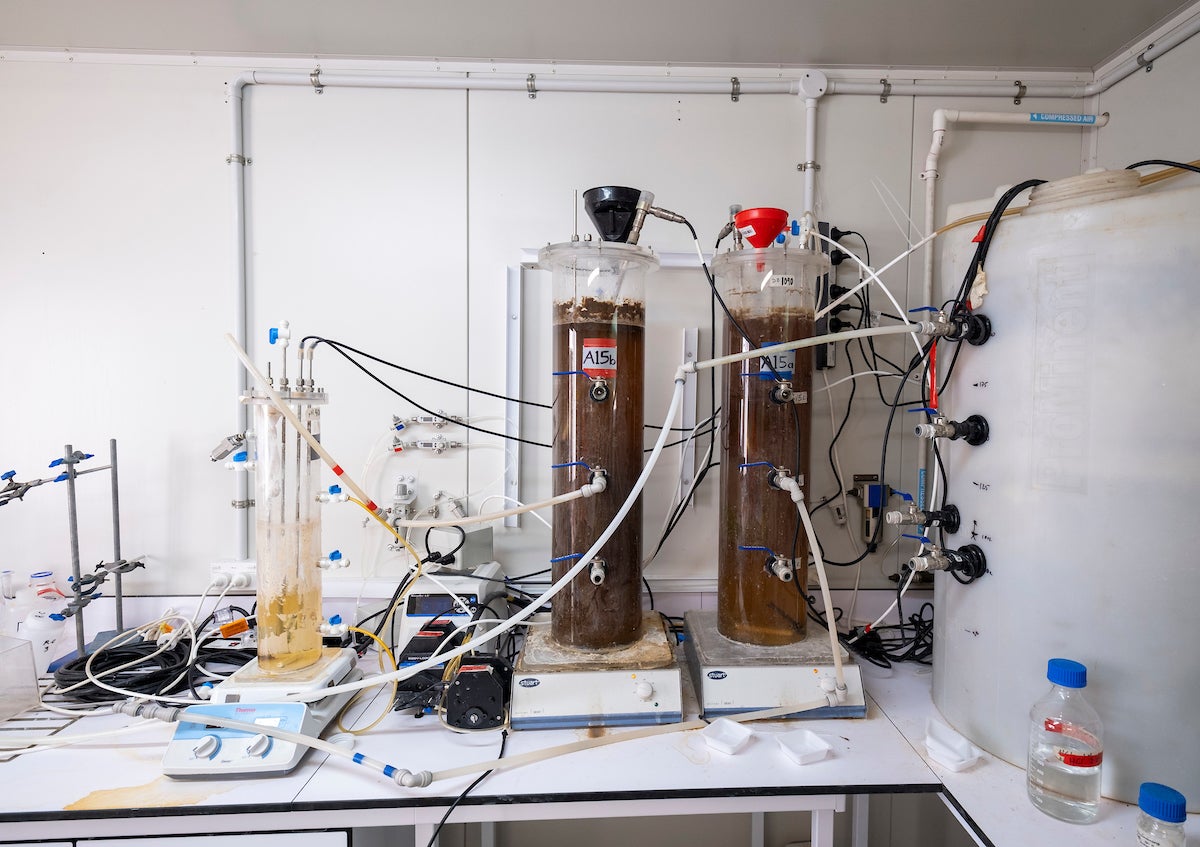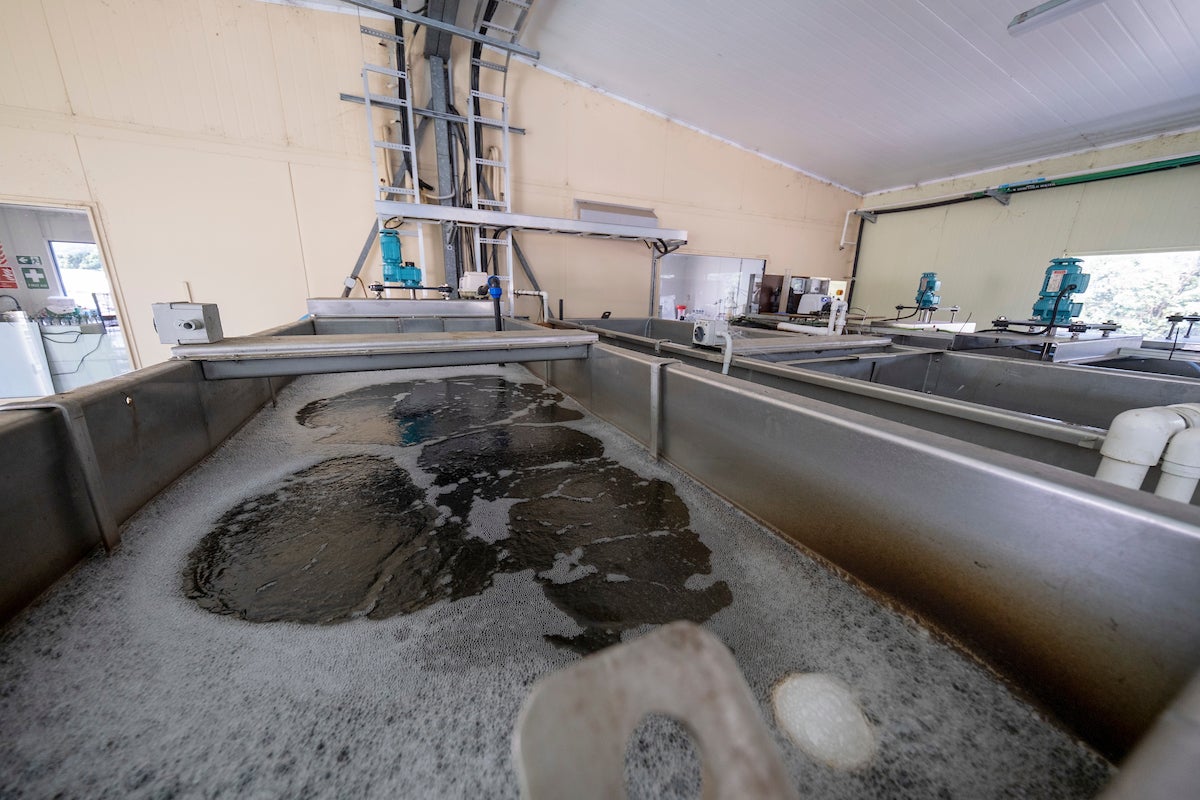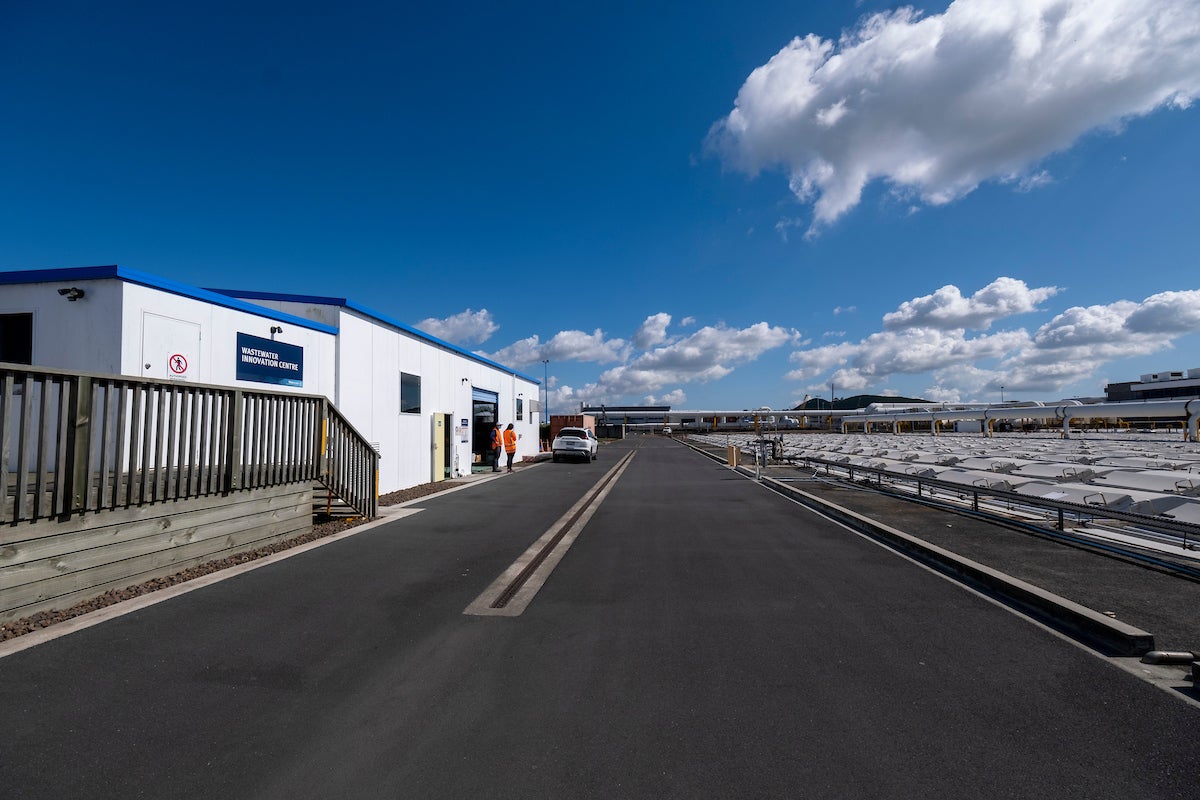The poo-eating bugs that help reduce carbon emissions
8 November 2021
In the bowels of the Mangere Wastewater Treatment Plant there is a mighty little poo-eating bug being grown to play a big role on our climate action journey.
In a New Zealand first, we’re breeding thousands of microscopic annamox bugs – and if we can successfully grow enough of these critters, they’ll help us reduce two-thirds of the energy used in part of our wastewater treatment process.
“These microbes have the potential to be a powerhouse resource in helping us become energy-neutral at our plants,” says chemical engineer and technology innovation manager Kevan Brian, who is in charge of overseeing their growth.

“But although they're our diamonds in the rough, they are also temperamental - they grow slow and can be a bit stubborn to nurture.”
While other naturally-occurring bugs have a doubling rate of a few hours, annamox microbes - which thrive in low oxygen, high nitrogen environments - only double once every two to three weeks.
Not only do they grow at a snail’s pace, but also – they’re hard to source. They’re not currently used anywhere in New Zealand and biosecurity measures mean we can’t import them from wastewater treatment facilities overseas.
That’s why Kevan and his team of scientists are patiently nurturing the bugs. Like farmers tending to their herd they regularly feed them, make sure they're comfortable and have got the right shelter and move them around the tanks as needed.


The project at the wastewater innovation centre started three years ago with a few one-litre beakers and has recently upscaled to tanks that hold 10,000 litres of soupy water teeming with the bugs.
“Like all the biological processes used to treat wastewater we don’t use any chemicals and all the ‘bugs’ that do the work occur in the natural environment,” explains Kevan.
“Annamox bugs are a special one in the mix though – they grow on carbon dioxide that is dissolved in water and get their energy from breaking down nitrogen.
“This is a bonus for us because this is the most efficient biological way of removing lots of nitrogen from water.”

He hopes the project will be at a point in the next year or two where the team can introduce the bugs to the treatment process and demonstrate the full benefits of their use.
When in action, they will be a significant piece in the puzzle of how we cut operational emissions 50 per cent by 2030 and create a climate resilient future that supports Auckland achieve net zero by 2050.
“This would be a game changer for the whole of New Zealand's wastewater industry," adds Kevan.
“If successful then it will mean we have a farm of these anammox bugs that others can use without having to go through the years of growing and experimentation that we have had to.”